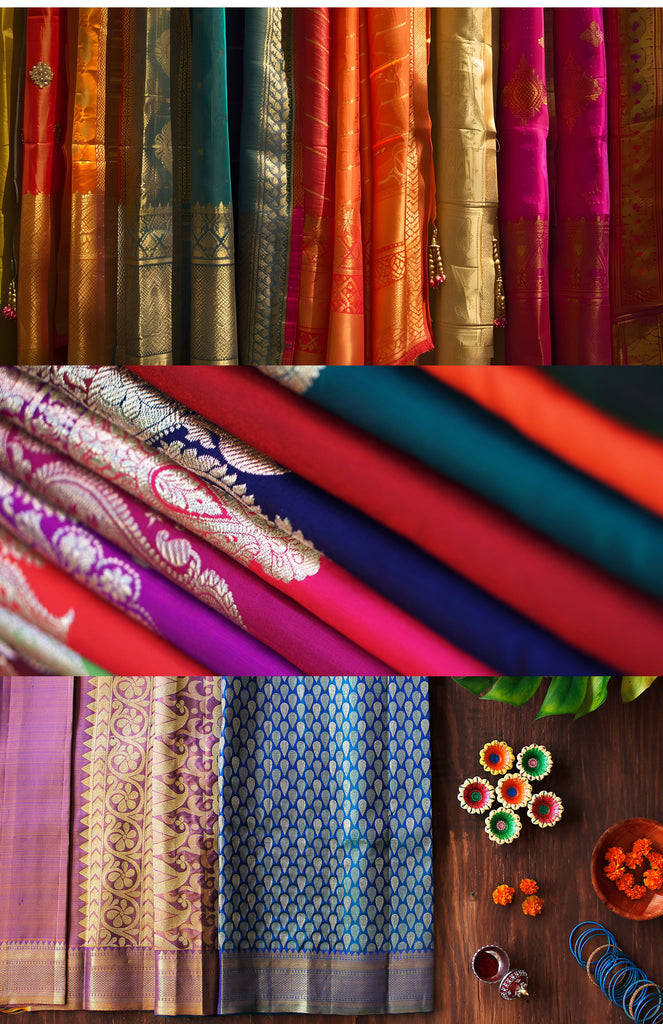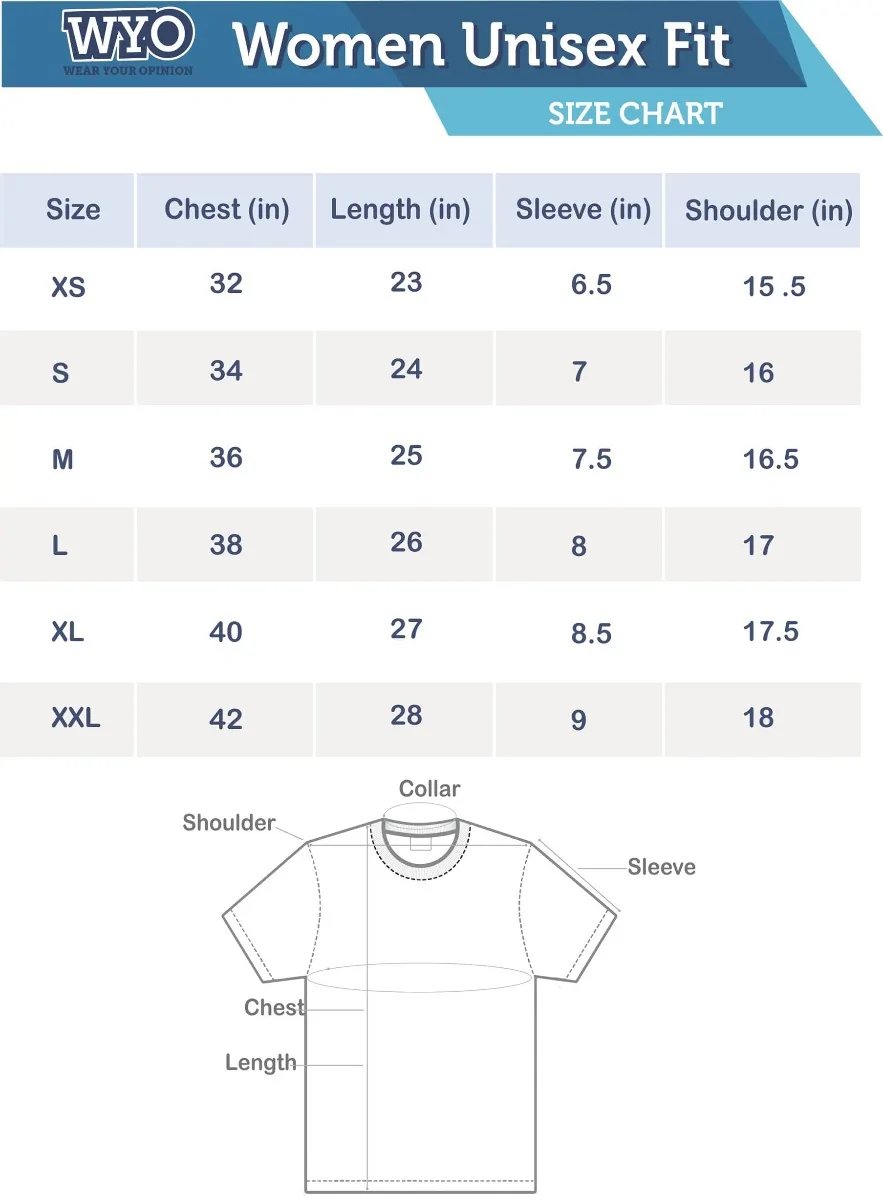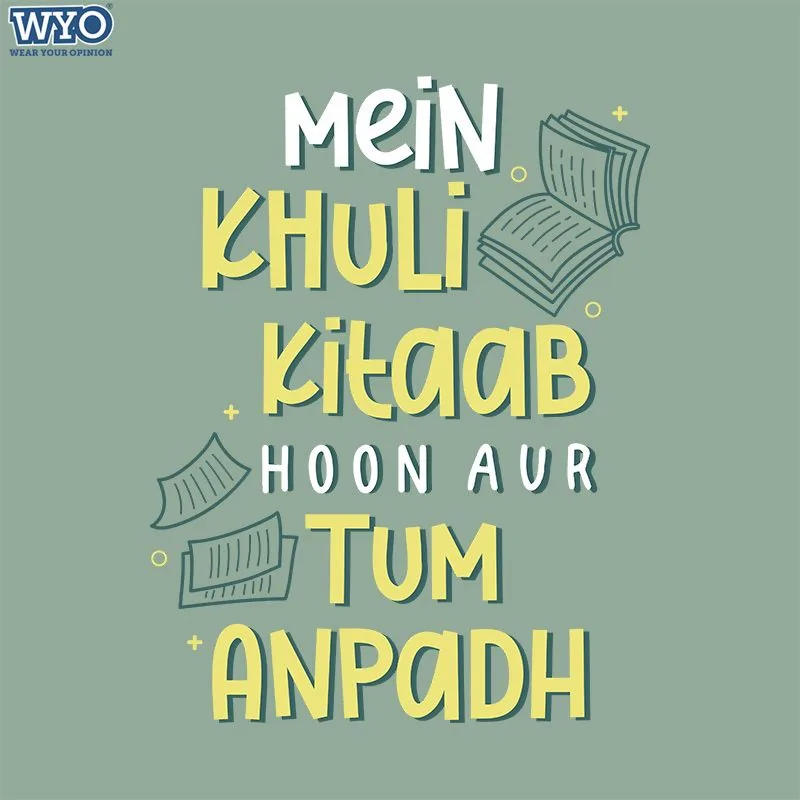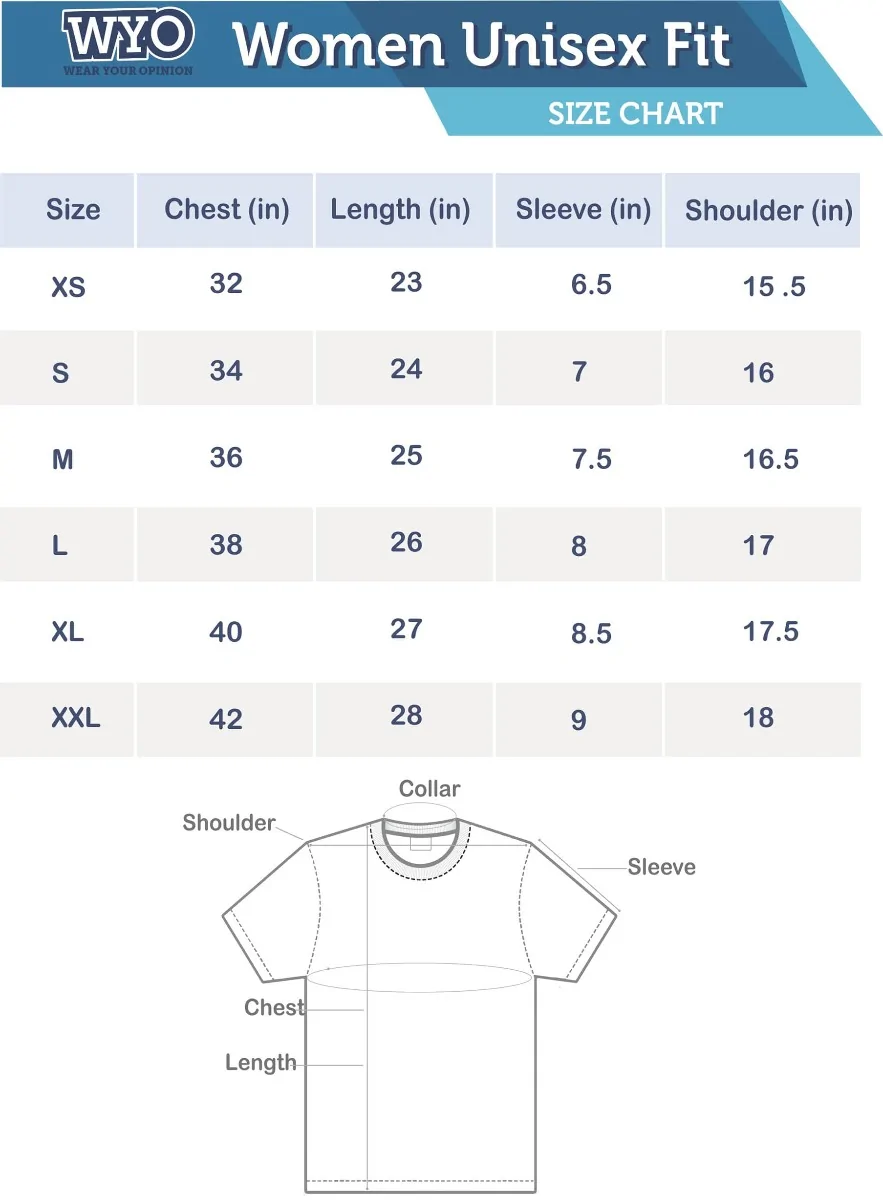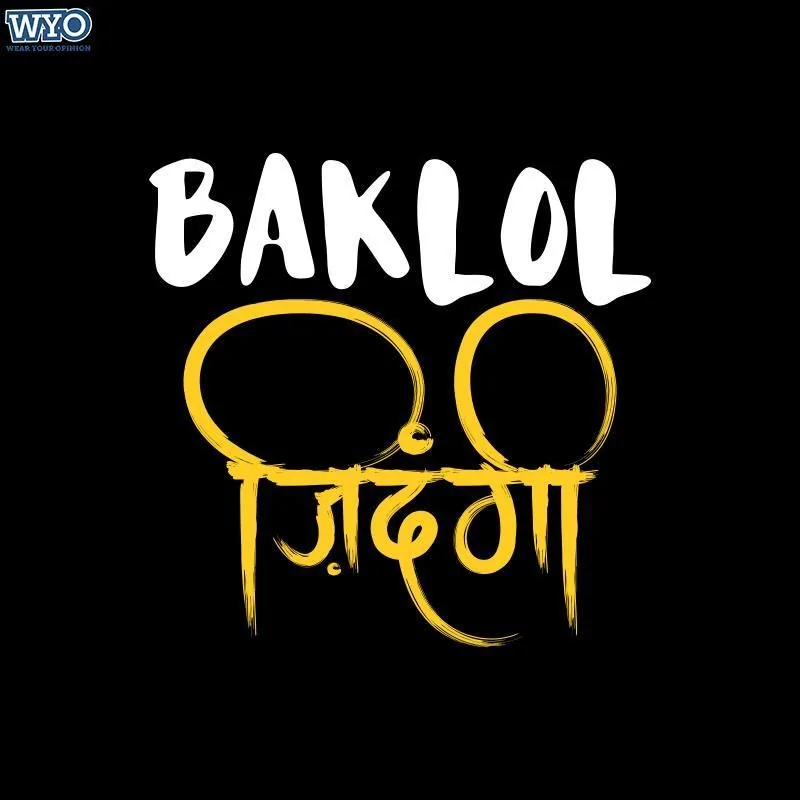
Phulkari Dupatta

Phulkari embroidery has its roots in the Punjab region of the Indian subcontinent, which spans across both India and Pakistan. The word "Phulkari" is derived from two Punjabi words: "phul," meaning flower, and "kari," meaning work. Therefore, Phulkari literally translates to "flower work" or "flower craft."

The tradition of Phulkari embroidery has been passed down through generations in Punjabi communities. It is a vibrant and colorful form of hand-woven embroidery, often done on fabrics like cotton, silk, or chiffon. The embroidery typically features intricate geometric patterns and floral motifs, giving it a distinct and lively appearance.

Phulkari embroidery has been an integral part of Punjabi culture for centuries, and it holds cultural and ceremonial significance. Traditionally, Phulkari dupattas were made by women for special occasions such as weddings and festivals. The vibrant colors and intricate designs not only add beauty to the attire but also convey a sense of celebration and joy.

Over time, Phulkari has gained popularity beyond the Punjab region and has become a cherished element of traditional Indian and Pakistani attire. Today, Phulkari dupattas are not only worn on special occasions but are also appreciated as works of art, reflecting the rich cultural heritage of the region.



